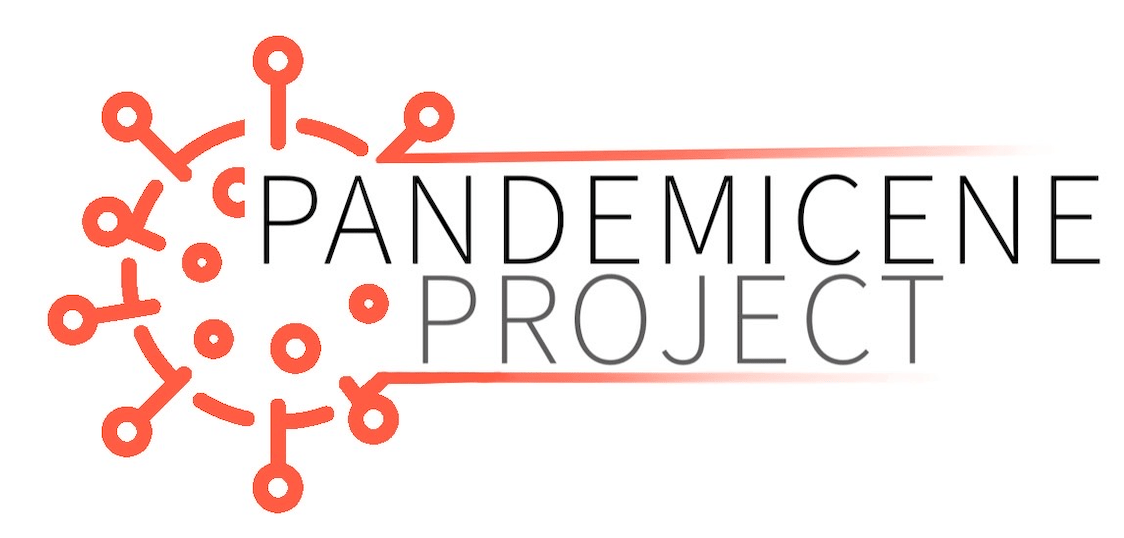by Kathia Damian
Early last month Google and Apple announced a joint effort to use digital contact tracing to aid in slowing the spread of COVID-19. They’ve recently announced a mock-up of what the digital contact tracing software would look like and are optimistic about being able to roll out this new technology later this month. According to the CDC, Contact tracing is meant to support a patient with confirmed or suspected illness through tracing the people who they’ve had contact with. The people who have been in contact with the patient are alerted, advised to maintain social distance, and track their symptoms for 14 days after last contact with the patient.
So far, the CDC has proposed two types of tracking using digital devices. The first is Case Management, which will capture data on cases and contacts. The goal is to use contact information to notify and follow-up with an individual who may have been exposed. Secondly, they’re proposing Proximity Tracking which would use Bluetooth or GPS to track an individual’s exposure to cases. It would require community wide adoption for proximity tracking to work effectively.
Yet many are weary of digital contact tracing as part of a“technosolutionsim” which places a tremendous amount of faith in technological solutions without considering repercussions on the most marginalized. “Efficient” has become a dog whistle word which allows Silicon Valley to operate without traditional checks. There are several obstacles facing the implementation of digital contact tracing.The most pressing is the effectiveness of contact tracing given the lack of testing available. The CDC has outlined contact tracing as a multi-pronged approach, and without widespread testing digital contact tracing is a meandering in the direction of a solution instead of a coordinated approach toward controlling the spread of COVID-19. Furthermore, there’s the issue of false positives. The proposed apps will be using Bluetooth, and because cell phones can detect Bluetooth signals through walls, people may be alerted despite not having been exposed. Lastly, given recent debates staking market vs lives, will contact tracing be used to provide a false sense of security providing justification to open up the economy before it is safe to do so?
In an upcoming blog post, we will take a deeper look at the app proposed by Apple and Google to understand the merits and pitfalls of adopting digital contact tracing into our daily lives. We will further explore the “why” in the creation of this app. Is digital contact tracing an effective solution, or is it Silicon Valley guilt appeasement? More information on understanding the logistics of this app, as well as the importance of balancing public safety and privacy during a pandemic will be available in forthcoming blog posts.
